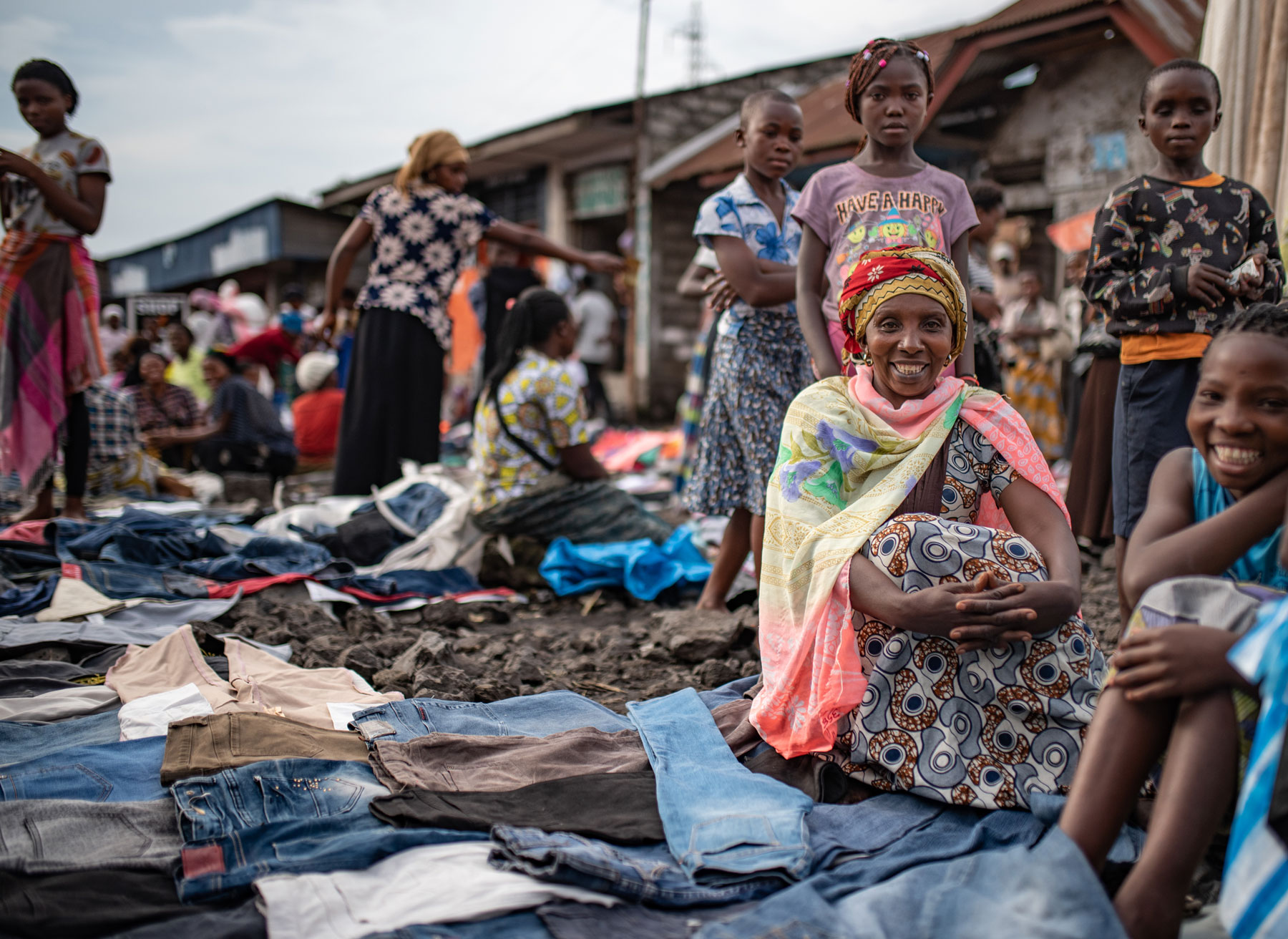

Empowerment
Participatory development in fragile and conflict-affected contexts: The five year follow up of the Tuungane Phase I and the evaluation of Tuungane Phase II in Eastern DRC
Democratic Republic of CongoCommunity-Driven Reconstruction (CDR) is a widely applied and growing form of intervention that takes a bottom-up approach to designing and implementing development projects. It seeks to engage community members, encourage deliberation, build social capital, foster more successful project implementation, and ultimately align projects to the needs and preferences of the communities that they are meant to serve. There is a growing body of impact evaluations that find mixed results on these scores. Yet, there is a paucity of long-run assessments of the effectiveness of Community-Driven Reconstruction programs, even while these programs ultimately seek to foster long-term sustainable development.
This impact evaluation was designed to assess the long-term effects of the Tuungane program’s phases 1 and 2 (2007–2014), a large-scale Community-Driven Reconstruction program implemented jointly by the IRC and CARE International in over 1,000 communities in eastern DRC. The evaluation found that Tuungane phase 1, five years after the conclusion of program, had a positive impact on the quality of primary schools and health facilities, and on the presence of material and supplies in these facilities. However, the evaluation found no evidence that the program had an effect on other dimensions of service provision: capacity, staff quality, quality of administration, community participation, service cost or utilization. There was no evidence of improved health, education or economic outcome indicators.
Moreover, the evidence does not suggest that Tuungane 1 led to improvements in women’s empowerment and implies that the imposition of gender parity requirements is not an effective way to strengthen the position of women in this context.
In the case of Tuungane phase 2, the evaluation also found that, like for Tuungane phase 1, the program had a positive impact on infrastructure quality for both the health and education facilities, but there were few effects on other components of service provision. However, unlike Tuungane phase 1, the 2nd phase of the program was also related to higher school attendance rates and it had effects on governance outside the sphere of service provision: participation, accountability, transparency, efficiency, and capture. There was also scattered evidence that the Tuungane 2 program contributed to women’s empowerment. The Tuungane 2 program also performed well on outcomes related to the relationship between villagers and service providers. We find evidence that service users and service providers are better informed about line ministries; there is more interaction between villagers and user committees and service providers and user committees; and villagers in Tuungane 2 areas are more positive about service provision and the actions of their local user committees.
The Airbel Impact Lab at IRC is a team of researchers, strategists and innovators committed to the accelerated design, rigorous evaluation and cost-effective scaling of the most impactful solutions supporting people affected by crisis.